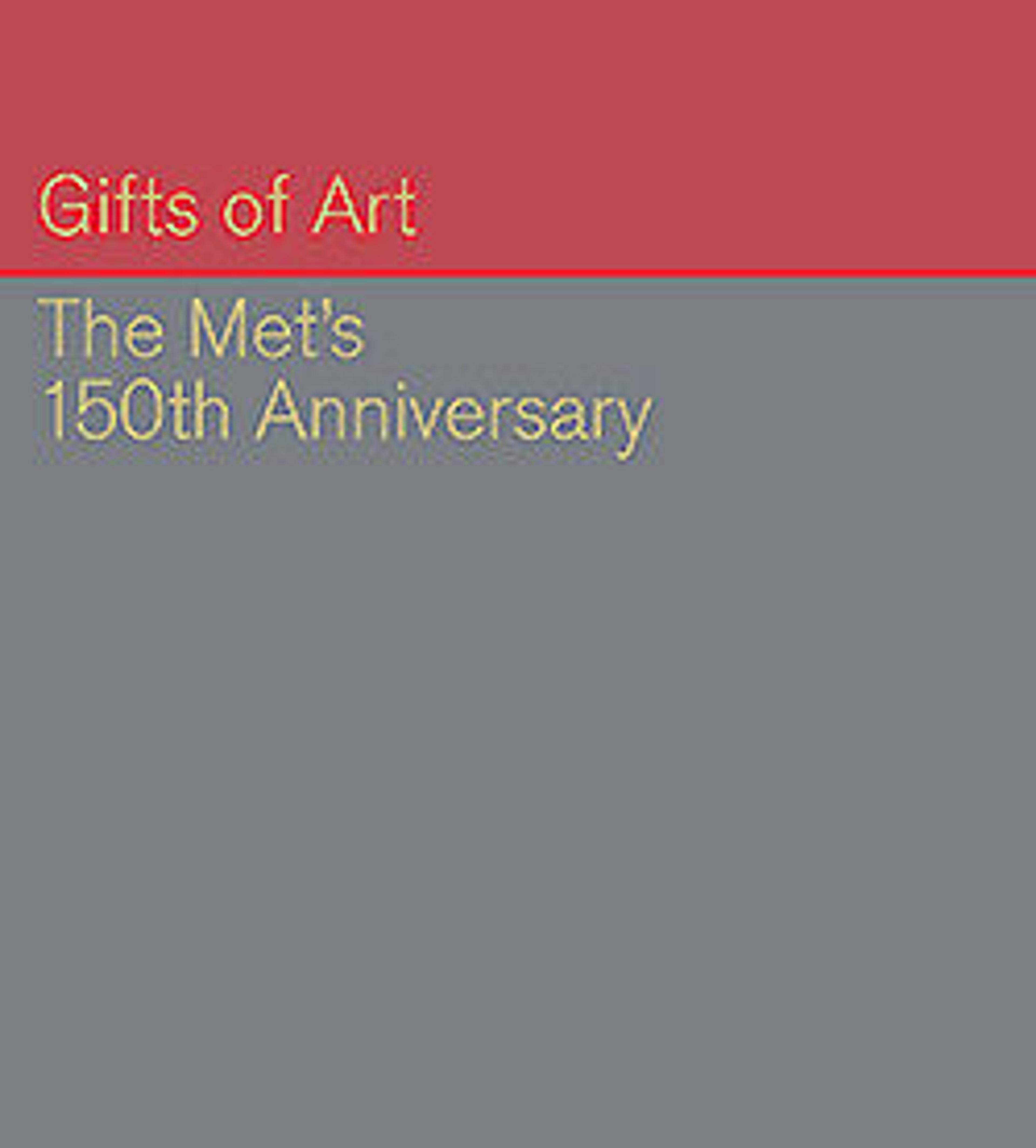King Songten Gampo as the incarnate Avalokiteshvara
Although this painting is dominated by images of an eleven-headed bodhisattva Avalokiteshvara and a pair of golden footprints, the subject is that of the unassuming lama seated at the lower center, likely the seventh-century Tibetan king Songten Gampo. He appears as an incarnation of his spiritual mentor, Avalokiteshvara, who presides above him in radiant form. He is flanked by portraits of his two queens, their hands raised reverently. One of the earliest surviving Tibetan paintings on silk, it reflects an awareness of Central Asian Buddhist art traditions and is a rare reminder that the early kingdoms of Tibet were as much engaged with Central Asia and the frontiers of China as they were with the Indian subcontinent to their south.
Artwork Details
- Title: King Songten Gampo as the incarnate Avalokiteshvara
- Date: 10th–11th century
- Culture: Tibet
- Medium: Painting on silk
- Dimensions: 21 × 21 in. (53.3 × 53.3 cm)
- Classification: Paintings
- Credit Line: Zimmerman Family Collection, Gift of the Zimmerman Family, in celebration of the Museum's 150th Anniversary, 2019
- Object Number: 2019.291
- Curatorial Department: Asian Art
More Artwork
Research Resources
The Met provides unparalleled resources for research and welcomes an international community of students and scholars. The Met's Open Access API is where creators and researchers can connect to the The Met collection. Open Access data and public domain images are available for unrestricted commercial and noncommercial use without permission or fee.
To request images under copyright and other restrictions, please use this Image Request form.
Feedback
We continue to research and examine historical and cultural context for objects in The Met collection. If you have comments or questions about this object record, please contact us using the form below. The Museum looks forward to receiving your comments.
